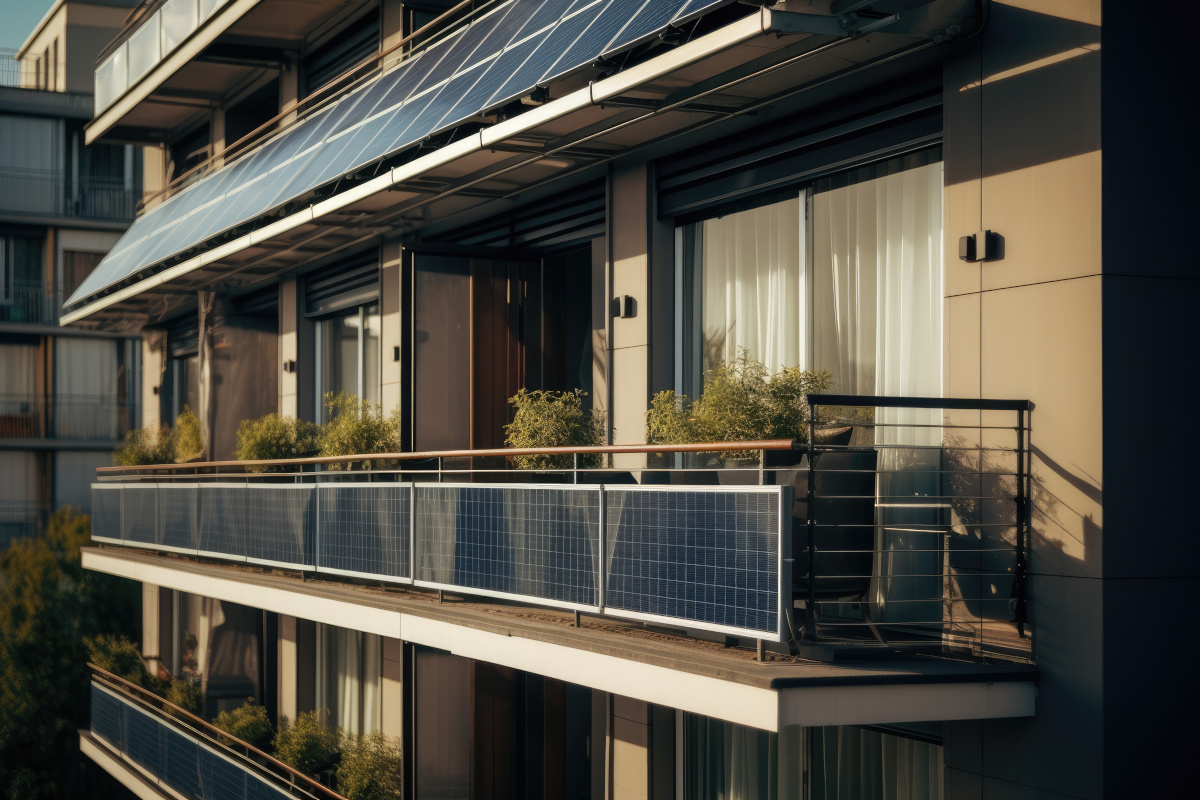How Smart Homes Are Changing the Architectural Landscape

The field of architecture is always adapting to technological advances and society's evolving needs. A major recent change is the incorporation of home technology into plans.
This advancement is reshaping the construction, usage, and perception of homes, impacting the sphere significantly.
Architectural Modifications for Smart Homes
Reimagine Classic Styles
The emergence of homes has brought about an era in design that is reshaping conventional architectural standards. Architects are now integrating technology from the start when planning their designs to incorporate systems seamlessly. This transformation signifies a move away from designing homes as fixed entities to creating spaces that adjust to the requirements of those living in them. With the integration of lighting systems and advanced climate control and security features comes the need for a perspective on how space is used, which encourages layouts that are more open and adaptable.
Improve Sustainability
Modern architecture increasingly emphasizes sustainability as an element in its design philosophy, with home technology serving as a vital component to support this objective. Architects can create eco-homes by incorporating energy mechanisms and renewable energy sources like smart thermostats and solar panels. These innovative technologies help manage energy consumption and lower utility expenses while also reducing the home's impact on the environment. The overarching focus on sustainability offers more than just advantages to homeowners; it aligns with larger environmental conservation efforts.
Enhance Connections
Home technology's foundation lies in connectivity, which transforms how residences engage with their environment. Contemporary architectural plans integrate network structures to foster interactions among various devices and systems. This connection guarantees that homes can adjust and react to technologies while supporting the incorporation of gadgets and entertainment setups. Furthermore, it allows for the management of household operations, enhancing the quality of living.
Raise the Level of Comfort and Convenience
Smart homes provide a higher level of comfort and convenience than before by changing the way architects approach design priorities. Automated systems handle lighting settings, temperature control, and security tasks, enabling residents to customize their living space with ease. Voice command assistants and smartphone apps offer user control options that improve how individuals engage with their surroundings. This focus on comfort inspires architects to plan spaces that prioritize simplicity and accessibility, serving a range of needs and preferences.
Nurture Health and Wellness
Smart technology goes beyond convenience. It has an impact on our health and well-being as well! In homes today, we can find features like air quality monitoring tools and lighting systems that adjust to support our circadian rhythms and even give us information on how active we are throughout the day. These advancements don't just make life easier. They actually help us live lives by encouraging architects to focus on creating spaces that prioritize our well-being physically and mentally.
These enhancements that boost our health and happiness levels included in modern smart home design plans today are contributing to a quality of life for those who live in them.
Navigate the Changes Brought about by Growth
With the surge in urbanization, smart homes are providing solutions to the issues brought about by crowded cities. As the architect in Santa Monica, CA, works to develop space designs that prioritize both functionality and comfort, smart technology plays a role in designing small-scale homes with spaces that meet the requirements of city residents.This flexibility guarantees that smart homes stay choices in expanding areas while meeting the needs of contemporary lifestyles.
Shape the Direction of Real Estate Trends
Smart homes have a reaching influence that goes beyond architecture; they also play a significant role in shaping real estate trends nowadays. Homes outfitted with cutting-edge technology are in demand and often come with price tags as buyers and investors value the advantages of features like energy efficiency and connectivity. This change in consumer preferences is pushing architects and developers to make smart integration a top priority in their projects as they look toward the future of the estate.
In Summary
Smart homes are definitely changing the way buildings look and how people use their living spaces by bringing in designs and improving how they interact with their homes. They are reshaping designs and focusing more on sustainability and connectivity to show us what the future of architecture might hold. As technology progresses further, such smart homes will have an impact, making living spaces more sustainable, effective, and pleasant to live in. Adopting this transformation is crucial for architects, builders, and homeowners alike as smart homes increasingly blend into the landscape.